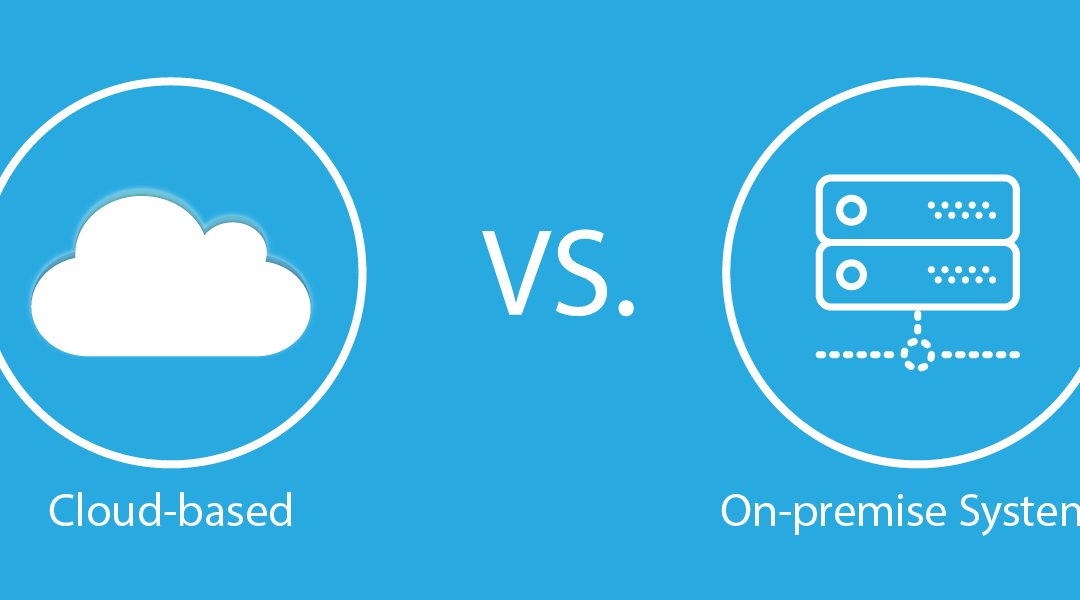As we explore the 21st century, how we execute our businesses and technology are evolving and improving daily. As companies advance and develop in this digital era, the need for reliable and efficient systems to manage their operations and information is becoming more critical. Fortunately, there are two popular solutions – cloud-based and on-premise systems.
This article will deeply examine the pros and cons of each type of system to help you decide on the right path for your business. We will take you through the critical aspects of the two system types, including cost, security, scalability, and accessibility, to help you understand the differences between on-premise and cloud-based systems.
Understanding On-Premise and Cloud-Based Systems
On-premise systems are the conventional approach where businesses store their hardware, data, and software within their physical premise. The system includes storage devices, servers, and other networking equipment, and the company is entirely responsible for maintaining, securing, and managing all these resources.
On the other hand, cloud-based systems provide varying solutions as they store applications and data in a remote location, and a third-party service provider manages them. With this system, businesses don’t need physical hardware; they can access their software and data online.
Beyond the physical differences between on-premise and cloud-based systems, there are more differences between the two systems.
Cost Comparison
Considering the initial investment needed for each design is paramount when comparing the two systems’ costs. Typically, on-premise systems require higher upfront costs, and businesses must purchase infrastructure, hardware, and software licenses. In addition, they incur installation and setup costs.
On the contrary, cloud-based systems require a lower initial investment. Generally, they operate on subscription plans. In addition, the installation and setup usually are faster, and the hardware costs are negligible.
As time goes by, both systems need ongoing expenses. On-premise systems require regular maintenance, software updates, energy costs, and hardware replacements. The costs can be significant, especially for a small business.
Cloud-based solutions, on the other hand, usually have predictable monthly fees covering updates and maintenance. Since a third party executes these tasks, businesses can use the resources differently, saving money and time.
Scalability and Flexibility
Often, on-premise solutions are limited in terms of scalability. For seamless growth for on-premise scalability, businesses may require additional personnel, infrastructure, and hardware, which can be expensive and time-consuming.
Cloud-based solutions offer better scalability and flexibility. As your business advances, you can adjust your payment plans to accommodate increased user access, storage, and processing power. You will therefore allow a more agile dimension to growth, reducing the risk of outgrowing your system yet improving cloud-based scalability.
Security and Compliance
Security is a critical concern for every single business. The business is entirely responsible for all data and hardware security with on-premise solutions. The advantage is that the company can control all information and adopt customized security measures without restrictions to achieve optimum on-premise security. Even so, the business must allocate enough resources to security tasks such as patching, responding to threats, and monitoring.
Cloud-based systems depend on third parties for security. Reputable vendors invest heavily to ensure the safety of their infrastructure. Besides, they adopt standard industry practices to protect their customers’ data. Even though the vendors can offer high-level cloud-based security, some businesses hesitate to entrust a third party with their data security.
Before you decide on the best solution for your business, it is vital to consider compliance. Cloud-based solutions mostly meet industry-specific standards, but every business must verify the requirements before settling on a service provider.
Accessibility and Collaboration
On-premise solutions have limited accessibility. Typically, users must physically be at the business’s location to access the system. The requirement minimizes collaboration, making it difficult for people in different areas to access essential resources, which is a drawback for on-premises accessibility.
On the other hand, cloud-based solutions offer greater accessibility. Users can access applications and data from any location connected to the Internet. Adequate cloud-based accessibility allows better collaboration and enables employees to work remotely yet maintain productivity.
Disaster Recovery and Business Continuity
System failure, fire, or on-premise disaster recovery can be difficult in disasters like natural calamities. The systems can be at risk of data loss and extended downtime. Businesses must invest in solid backup and recovery solutions for business continuity.
Generally, cloud-based systems have built-in disaster recovery mechanisms. The system automatically stores data in multiple servers and locations, which improves disaster recovery capabilities for cloud-based applications. Automatic data storage reduces the chances of data loss and ensures faster data recovery in a disaster.
Making the Right Choice for Your Business
Finally, before settling on an on-premise or cloud-based system, you must consider your business’s priorities, needs, and resources. Consider all the above-discussed points, which will help you meet your business goals.
In conclusion, on-premise solutions are unique and offer great data control. However, they require significant initial and ongoing investment costs. Cloud-based systems provide flexibility, lower upfront costs, and scalability, making them an excellent choice for many businesses. Once you study your business’s specific needs and consider the benefits of each system, choose the one that will support your business goals and long-term strategy.

